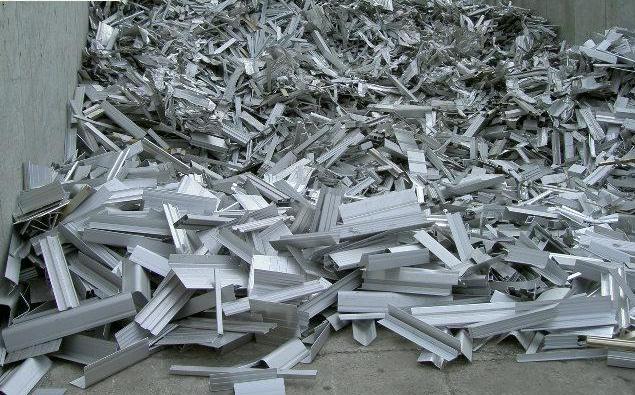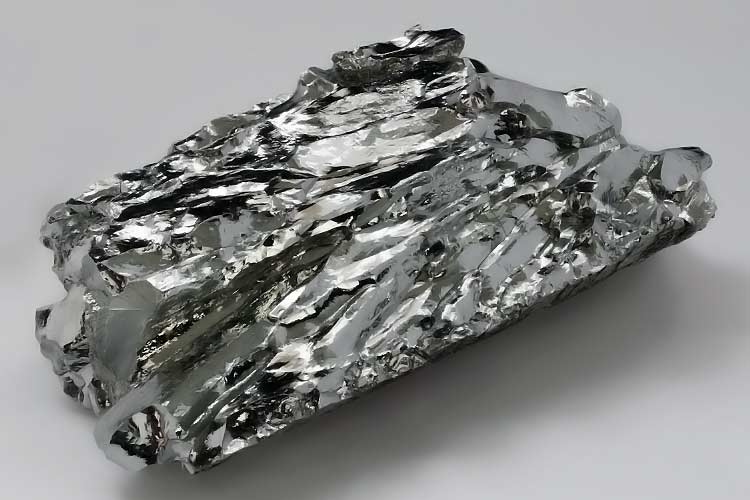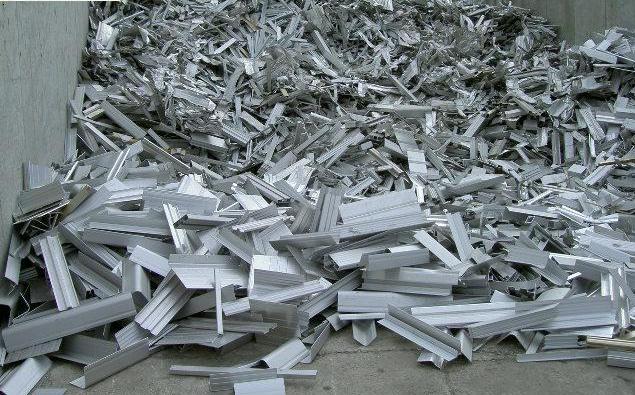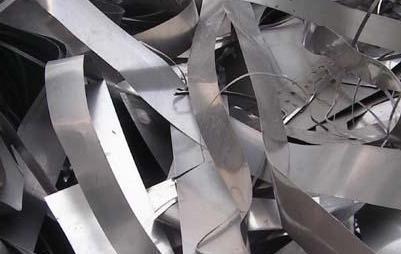What Is the Status of Molybdenum Recovery and Utilization?

What Is the Status of Molybdenum Recovery and Utilization?
In this article, we will take a look at the status of molybdenum recovery and utilization. With the continuous development of the molybdenum industry, molybdenum raw material consumption is bigger and bigger, and the recoverable resources are becoming less and less, to protect the environment and improve the utilization rate of molybdenum resources, since the beginning of the last century, the developed countries began to focus on renewable resources, especially utilization value of waste catalyst containing molybdenum.

What Is the Status of Molybdenum Recovery and Utilization?
In addition, the content of molybdenum in molybdenum renewable resources is usually higher than that of molybdenum ore, the cost of extracting molybdenum and other metal is less than extracted from ore, energy consumption is relatively low, exhaust emissions are also small, so Mo recycling has become the focus of molybdenum industry.

What Is the Status of Molybdenum Recovery and Utilization?
Currently, two molybdenum resources have two main sources, one is waste residue and waste liquid containing molybdenum which is produced in the process of metallurgy molybdenum, and two is used chemicals or materials containing molybdenum which is produced in the waste molybdenum production process.
According to the International Association of Molybdenum reported in 2011, nearly 80 thousand tons of molybdenum was recovered, accounting for about 1/4 of the total consumption of molybdenum. Thus, molybdenum resource recycling has become an important part of molybdenum in the supply chain.
International Molybdenum Association predicts that by 2020, the amount of molybdenum recovery will reach 110000 tons, accounting for about 27% of the total supply of molybdenum, and by 2030, this ratio will reach about 35%. About 60% of the recycled molybdenum is used for the manufacture of stainless steel, and the rest for alloy tool steels, superalloys, high-speed steels, cast steels, and chemical catalysts.

What Is the Status of Molybdenum Recovery and Utilization?
Molybdenum Recovery and Utilization
At present, there are many methods for recycling molybdenum waste, but they are mainly based on fire, supplemented by the wet method. The common methods are as follows:
Sublimation: This is a kind of based on molybdenum metal at a certain temperature to oxidation of molybdenum trioxide and sublimation and trapping recovery method, the recovery rate is up to 98%. The method is mainly used for the recovery and utilization of waste molybdenum powder, molybdenum strip, molybdenum piece, molybdenum wire, molybdenum rhenium alloy, and high-speed steel grinding waste material.
Molten zinc: It mainly uses heating, distillation, and roasting method to recycle hard alloy and super alloy scrap, such as cobalt (97% recovery rate), molybdenum (tungsten recovery rate was 96.2%), (98.4% recovery rate).
Oxidation roasting acid leaching method: This method is mainly used for the recovery of the molybdenum-containing catalysts. The recoveries of cobalt and molybdenum are 97% and 95% respectively.
Sodium carbonate roasting leaching method: This method is mainly used for the recovery of molybdenum-containing waste catalysts, but the main recovery of cobalt and nickel, their leaching rate is above 90%.
Alkaline leaching method: mainly used for the recovery of molybdenum and nickel waste catalyst. The leaching rate of molybdenum, aluminum, and nickel is 96.9%, 86.7%, and 90.1% respectively.
Conclusion
Thank you for reading our article and we hope you've enjoyed it. If you want to know more about the refractory metal molybdenum or other refractory metals, you can visit Advanced Refractory Metals for more information. We offer our customers high-quality refractory metals at a very competitive price.
{{item.content}}
LEVE A REPLY
{{item.children[0].content}}
{{item.content}}






